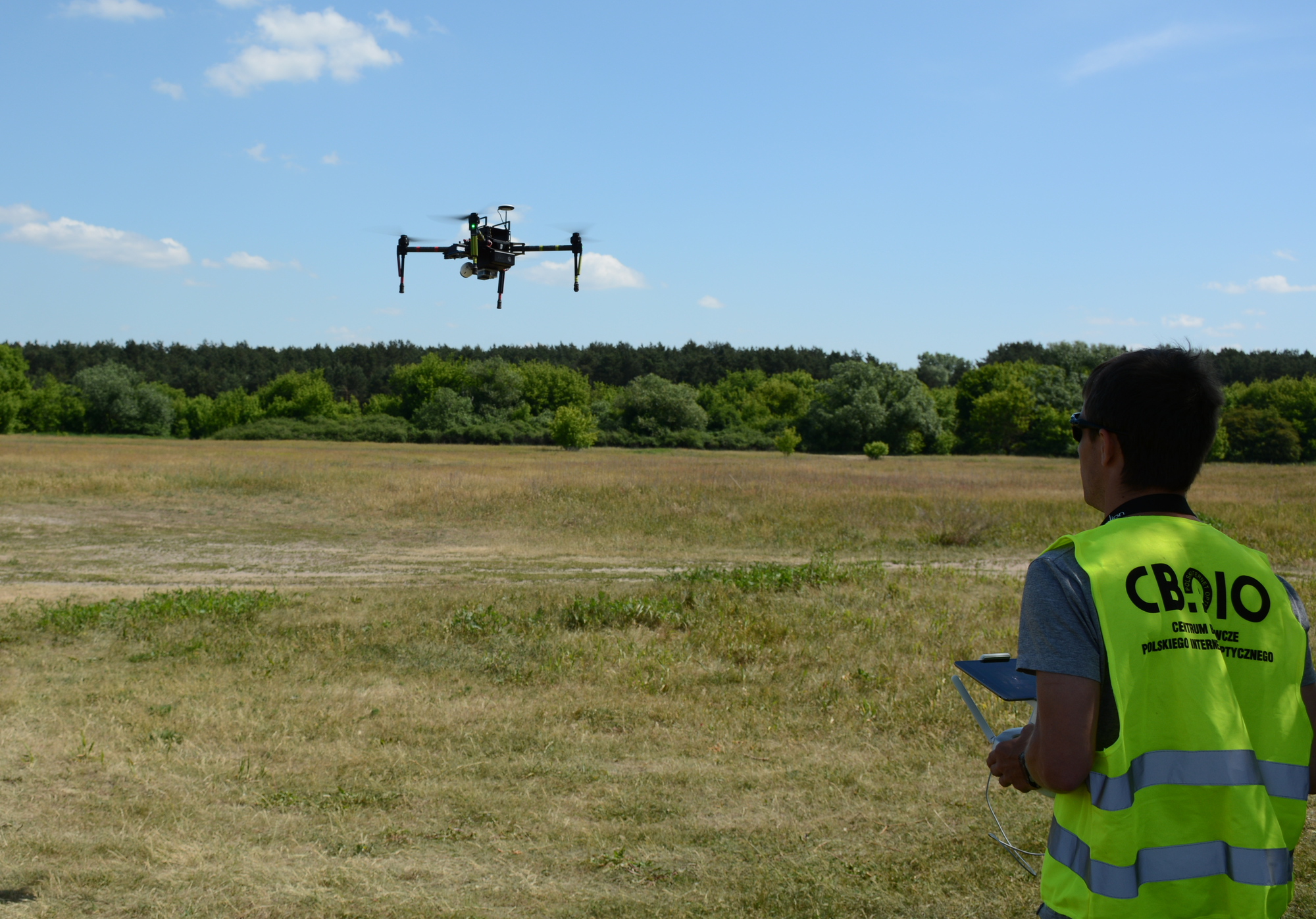E-services Utilising Drones for Quantity Buyers
Developing business strategies and testing drone mapping to catalyse the wide adoption of drone-based e-services

Concept
This Flagship Innovation Experiment (FIE) develops e-services utilising Unmanned Aerial Vehicles (UAVs) such as drones to help users run and implement e-advisory for agriculture. It will consist of services, especially aimed at the market of small and medium-sized farms, which currently cannot afford already existing solutions.
At the core of this FIE is a Digital Innovation Hub (DIH) which analyses existing solutions, user and market needs to develop a business strategy fostering the mass adoption of four drone-based e-services with a high technological readiness level. To ensure the crucial involvement of end-users in these targeted services, this FIE encompasses ten test farms and a diverse team of system analysts, economists, programmers, business analysts and testers.
Implementation
The adequate understanding of user needs requires a close cooperation between farmers, advisors and ICT providers. As a result, this FIE will implement and disseminate online tools for close cooperation between stakeholders and combine drone mapping with complex agricultural insights in a cost-effective manner to facilitate their uptake.
Lessons learnt:
During the implementation of practical field tests, a lot of technological problems were encountered related to the operation of the equipment in field conditions, with various types of meteorological conditions and the compatibility of devices and software. Each tested service in the initial phase of the first few flights required more verification of the technology. Only subsequent tests were associated with tests on the use of drones in agriculture. Ultimately, it was possible to work out and test the performance of the service to the assumed and designed result, i.e. the preparation of maps and photos as well as their analysis and giving advice, recommendations and expertise.
A very important challenge is the selection of flight dates and the duration of the service. Meteorological conditions and closed flight zones are major obstacles, for example for the needs of military aviation. Some of the farms tested were in high-risk areas. This situation requires daily checking of open and closed air zones. There were situations when for the whole week there were no favourable conditions for the implementation of drone flights. This is a big problem, because the clients of advisory services (farmers) require quick delivery, for example, 2-3 days. This problem will be the subject of the implementation and repeat testing phase in the 2nd year of the experiment.
The third challenge was systems integration. We have integrated 3 independent existing systems. One is fields borders. The second is a digital advisory platform. The third one is internal new tools integration, which means part for farmers and advisors. It was the biggest challenge of the last part – system implementation.
The last one was the final implementation and validation of the business model. We had to update the previous version developed in task 5. It was some parts to update like new data collected on demonstrations and surveys, interviews with end-users and so on. For example, we needed to change the offer for the smallest farmers. It needs to flatten prices, even for groups of farmers (common service for a group of farmers).
Furthermore, the implementation of the tasks was very difficult due to the COVID-19 pandemic. All events and conferences have been cancelled through 3 lockdowns. We had problems with organizations training in a traditional form and contacts with farmers are very limited. The implementation of the experiment and task no. 7 were the longest that we expect. It was extended from 6 to 12 months. Extending the duration of the experiment was allowed complete dissemination of the results of the experiment and the promotion of the SmartAgriHubs project. Extending the experiment didn’t involve changing the budget. The experiment was performed within the same, previously assumed budget.

